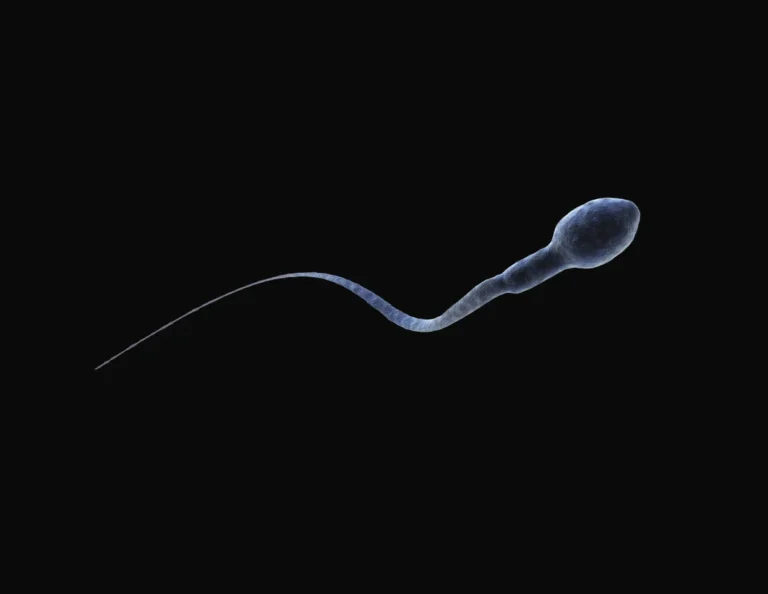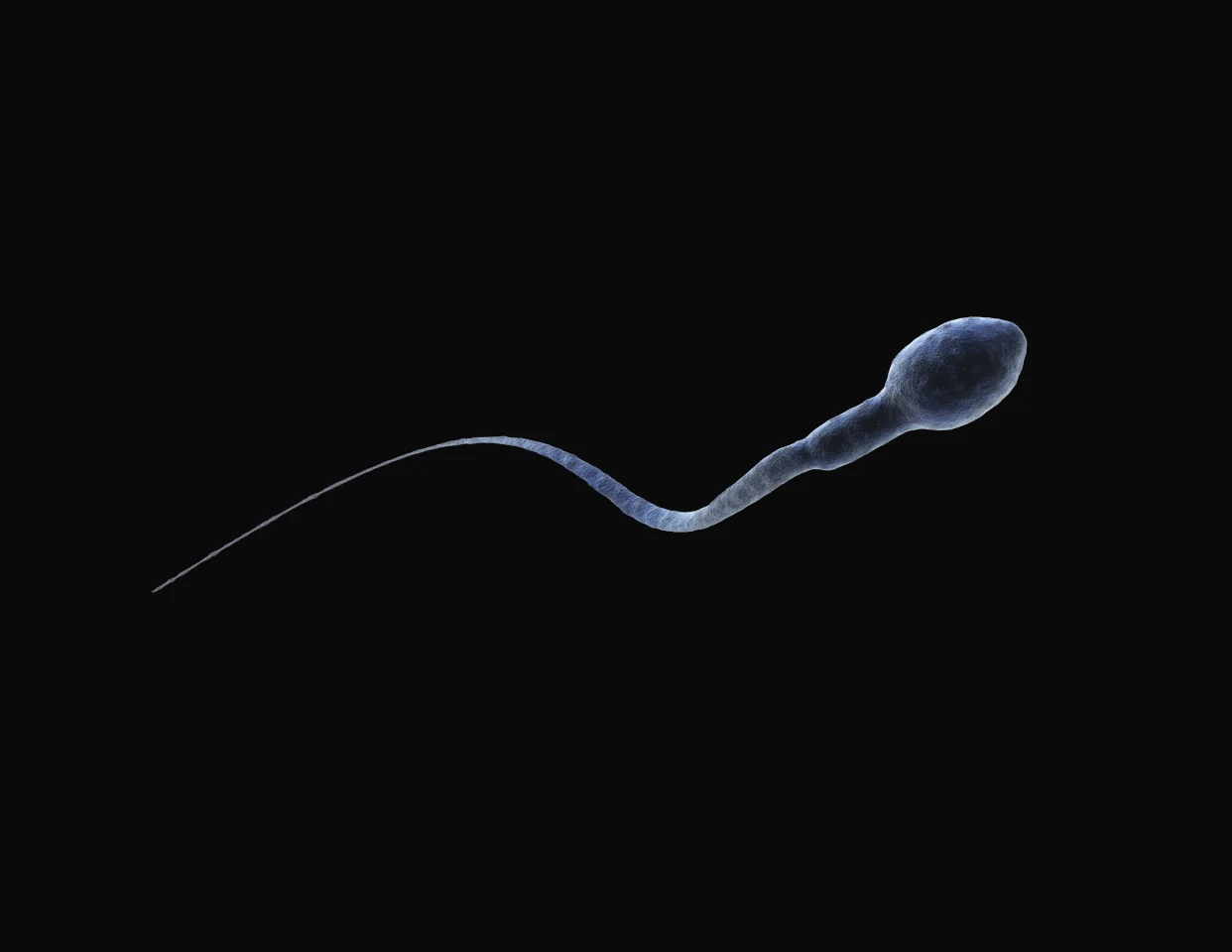
For decades, there has been a decline in sperm counts worldwide, and recent research indicates that this problem may be worsening. A new study published in Toxicological Sciences suggests that microplastics could be partially to blame for this decline.
The study examined postmortem tissue samples from 23 human testicles and 47 neutered dog testicles. After dissolving the tissue samples, researchers analyzed the remaining plastic. They found that the concentration of microplastics in human testes was significantly higher (330 micrograms per gram of tissue) than in dog testes (123 micrograms per gram of tissue).
These findings raise concerns about the potential impact of microplastics on male fertility. Further research is needed to fully understand the relationship between microplastics and declining sperm counts.
Polyethylene, commonly used in plastic bottles and bags, and PVC, often found in piping, siding, and healthcare tools, were the most frequently detected microplastics.
Microplastics have previously been found in human testicles, as evidenced by a small study from last year that discovered microplastics in six testes and 30 semen samples.
However, the implications of this discovery and the level of concern it should generate are not yet fully understood. Medical professionals are currently analyzing the situation.
The impact of microplastics on male fertility remains largely unknown. While it is known that male infertility contributes to approximately half of all infertility cases, it is uncertain whether microplastics play a role.
According to Dr. Xiaozhong Yu, a professor and environmental health specialist at the University of New Mexico, we are still in the early stages of understanding how microplastics impact male fertility. While there is no solid evidence that microplastics interfere with male fertility, Dr. Alex Robles, an infertility specialist at Columbia University Fertility Center, suggests that microplastics may have a direct toxic effect on sperm. This effect has been observed with bisphenol A (BPA), another type of microplastic found in food storage containers, water bottles, and some metal cans.
According to Dr. Justin Dubin, a urologist and men’s health specialist, there is a possibility that microplastics could have an impact on testosterone levels and fertility. He emphasizes that this is still speculative, but it is something to consider if microplastics are present in areas they shouldn’t be.
Yu, a researcher, agrees and suggests that microplastics may affect fertility by damaging the blood-testes barrier or disrupting hormonal functions. Microplastics might also carry harmful chemicals that could disrupt hormone balance and potentially affect sperm production and quality.
However, experts also acknowledge that this may not be a significant concern. Dr. Pietro E. Bortoletto, director of reproductive surgery at Boston IVF, explains that finding microplastics in the testicles is not necessarily alarming, as microplastics are present in all tissues in the modern era. While it is likely that microplastics have health impacts, the extent of these impacts is still unknown.
As for the decline in sperm counts, it is not yet clear whether microplastics are the cause. Measuring sperm counts is a complex task, and there is some controversy surrounding the reported decline. However, several studies have indeed found a decrease in sperm counts over time. Yu suggests that various factors, such as lifestyle changes, environmental pollution, and health conditions, may contribute to the observed decline.
Robles emphasizes that certain factors are known to affect sperm count, including:
According to Robles, obesity can disrupt hormone balance, affecting the hormones responsible for sperm production.
Robles also points out that environmental toxins like tobacco, marijuana, and vaping can directly damage sperm through oxidative stress.
Genetic conditions can also have a negative impact on sperm production or quality, as stated by Robles.
Bortoletto adds that health conditions such as poorly controlled diabetes and hypertension can affect sperm quality. Additionally, there is limited data on the impact of environmental factors like prolonged laptop use or exposure to microplastics.
To minimize the potential impact of microplastics on fertility, it is advised to take steps to reduce exposure. This includes checking product ingredients and opting for phthalate-free personal care items, avoiding microwaving food in plastic containers, and steering clear of nonstick cookware. While reducing exposure may not guarantee improved fertility, it can potentially lower the presence of microplastics in the body.
Dr. Dubin emphasizes that this study confirms a significant exposure to microplastics, even if their effects on testicles are not yet fully understood.
For couples facing difficulties conceiving, it is recommended to consult with a reproductive endocrinologist and infertility specialist. These specialists can conduct various tests to identify any underlying dysfunction in either partner that may contribute to decreased fertility.
